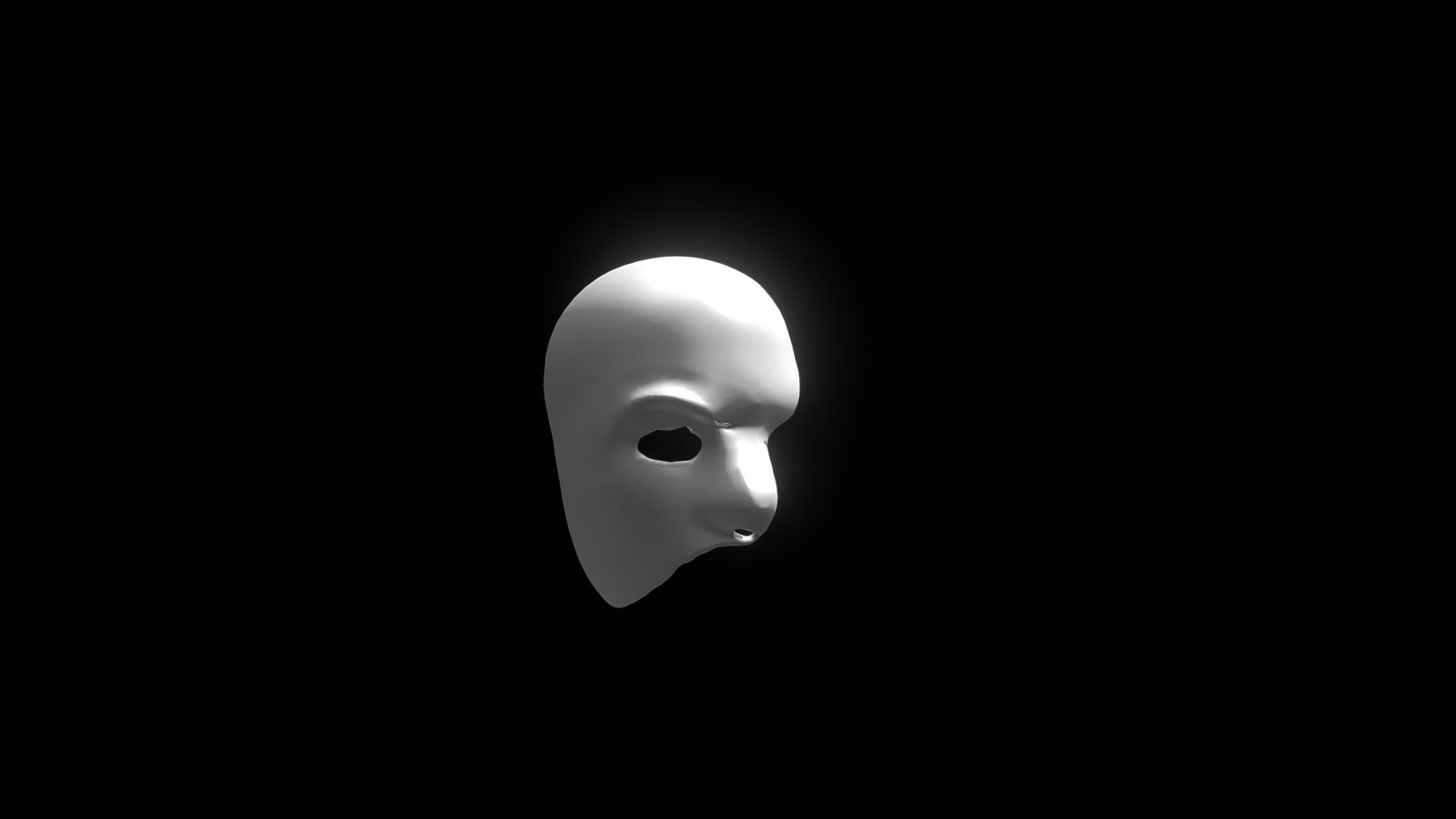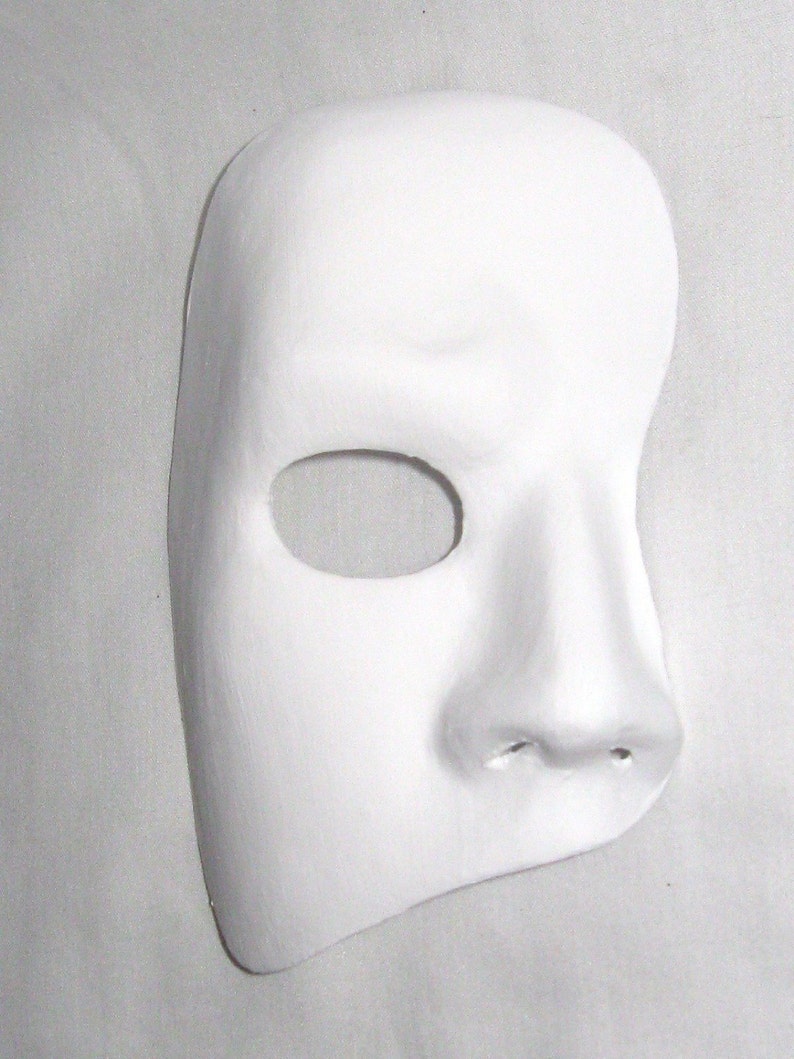

If all your PM paper looks the same, it's almost impossible to tell if you've got complete additional layers. If you really need that wrinkle, slit it with a craft knife and overlap the two corners. Try to avoid pieces of paper so large that any part of any piece wrinkles - cut to shape if necessary, and overlap the edges, pressing those edges down firmly to avoid edges as much as possible. If you're fast and sloppy, you'll have to sand down the entire surface, and that's a lot of surface you'll have there, and a lot of work.īrown wrapping paper or brown paper bags would probably be best for your base layers of papier mache (PM), and white glue diluted half/half with water would be an adequate adhesive. Let me give you a real-life tip: the more carefully you work on the surface, the smoother you lay the paper, the more wrinkles you avoid making, the better you burnish the layers down, the smoother your final surface will be. You only need to lay the papier mache to the line, but if you have some trouble doing that, work past the line and trim it off later. If you need to, redraw the mark for the cutaway part, so you'll know where the working edge is. If the tension is too tight and the plastic won't go deep enough, carefully slit the plastic with a knife and press it to fit add a small piece of plastic to fill the gap, so it's all covered with plastic. If you have a roll of double-stick tape (sticky on both sides), line the eye sockets with that and press the plastic sheeting down to it. Then cover it with thin plastic and tape it down. Step back and squint at it to make sure it looks right. Using either styrofoam, pink foam insulation (easier to cut than styrofoam- use a serrated knife), or wads of shaped newspaper taped down firmly, build up and shape the brow, forehead and nose.

This part is just the base of the mold that you will form the actual mask upon.ĭecide in the beginning if you want the eye hole cut out, or just painted black. Lay down a piece of cardboard, and draw a whole-face mask outline on it, then draw a line to form the partial mask, but don't cut the excess off, as it will provide stability. I've never made a mask that large, but I would make a mold out of cardboard, cover it with a sheet of thinner plastic (Visqueen), and make the actual mask on top of that, then remove it from the mold when dry. Personally, I find chicken wire hard to work with and almost impossible to get smooth.


 0 kommentar(er)
0 kommentar(er)
